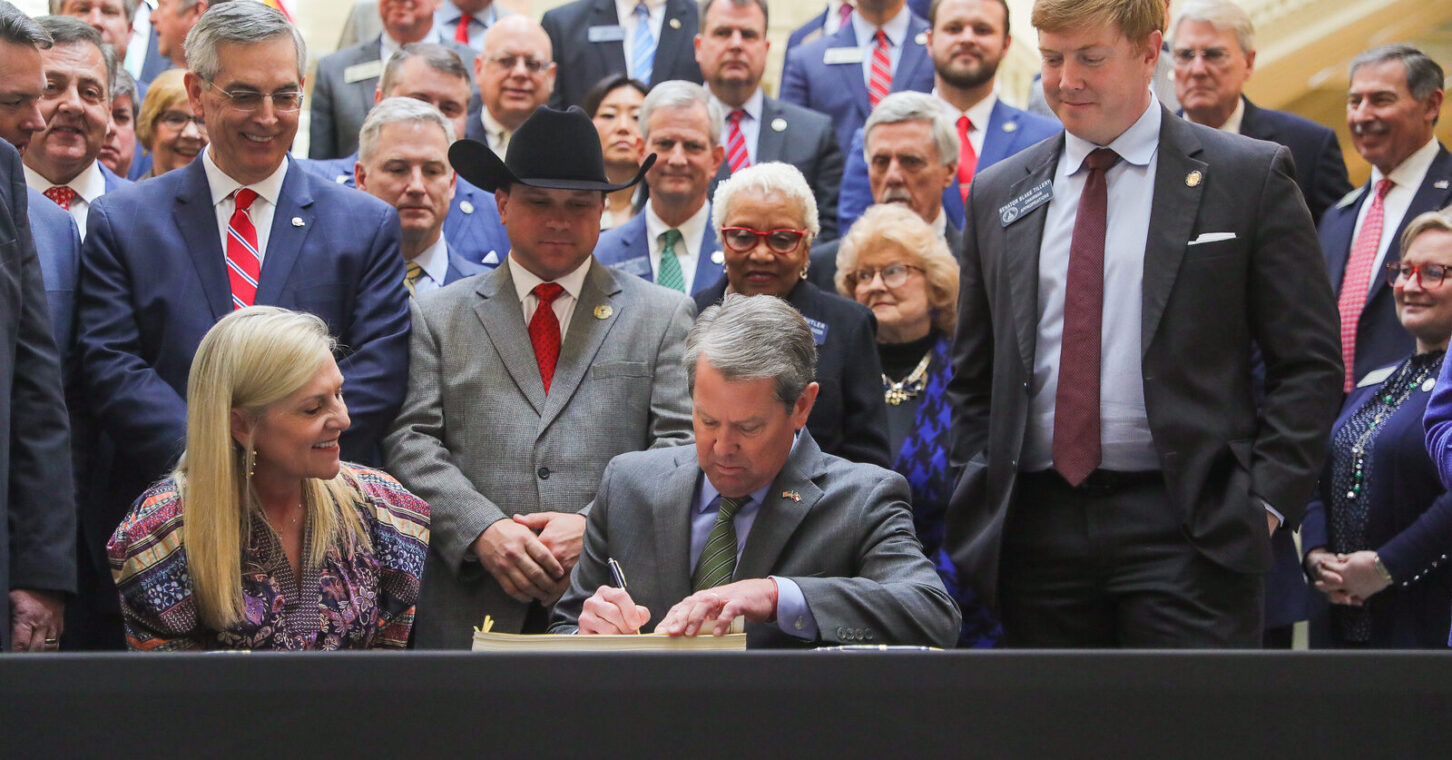
A running debate in recent years concerns the billions of surplus dollars in state coffers.
All of the official reserve accounts are full, with $11 billion on top of that just sitting in the bank. There’s a compelling argument to return as much as possible to taxpayers.
There have also been calls to use the money for investments in the state that in normal times would be unaffordable. Sometimes people use “investments” as a euphemism for permanently increasing spending on welfare or other programs. But other uses are true investments: new infrastructure or other capital projects that are often difficult to fund.
In total, Gov. Brian Kemp signed an amended budget for the current year that spends almost $5.5 billion more than the original plan. I sifted through the document to see how much of the spending might qualify as real investments.
The obvious first place to look was under the Capital Projects Fund – a category that covers money taken directly from the $11 billion in “undesignated surplus.” It takes up more than $1.5 billion on its own, including:
- $437 million for a new state prison;
- $392 million for a new office building and renovations on the Capitol Hill complex;
- $178 million for a new dental school at Georgia Southern University;
- $135 million for repairs to correctional facilities;
- $80 million for rehabilitation and repairs of university facilities; and
- $50 million for a new medical school at the University of Georgia.
Another $1.5 billion is being spent on capital projects through the Department of Transportation. That includes more than $593 million to expedite projects already in the pipeline, $500 million for freight-related projects and $250 million for local transportation infrastructure.
So, there are more than $3 billion just from those two categories. The next biggest chunk goes not to infrastructure, but to another use with a long-term view: shoring up the retirement system for state employees outside the K-12 education system. Half a billion dollars will go to improving the system’s ratio of money the state has invested, compared to how much it owes current and future retirees. Underfunded pension plans can be a perennial drag on public finances, so it’s prudent to boost the system while times are good.
Next up, the state will put $250 million toward water and wastewater infrastructure projects in local communities. The goal is to improve smaller communities’ ability to handle the growth that comes from large economic development projects. Another $100 million will be used to support further economic development of rural Georgia, plus almost $24 million for rural workforce housing.
There are other line items: more than $158 million to modernize various IT systems within state government, almost $60 million to address capital needs for behavioral health hospitals, and $19 million for state parks and historic sites. And lots of smaller projects are sprinkled throughout the budget.
Add it all up, and more than $4.1 billion in new spending can easily be attributed to one-time capital expenditures. And it’s being funded with surplus cash, rather than borrowed money via revenue bonds, so future taxpayers won’t be repaying this money.
There are some pay increases in the budget as well. But in keeping with the theme of using one-time money for one-time expenditures, more than $300 million goes toward bonuses to help with recruiting and retaining state employees during a tight labor market.
All together, these one-time items represent almost 90% of the new spending in the amended 2024 budget, which seems reasonable.
Now, that’s just the first bar to clear. The money still has to be spent well: The budget doesn’t specify which road projects will be built, for example. And reasonable people can disagree about some of the capital projects that were spelled out. But budget writers have avoided making long-term obligations with temporary surpluses.
Next up is to reform the tax code – and ensure they take in less revenue in the first place.